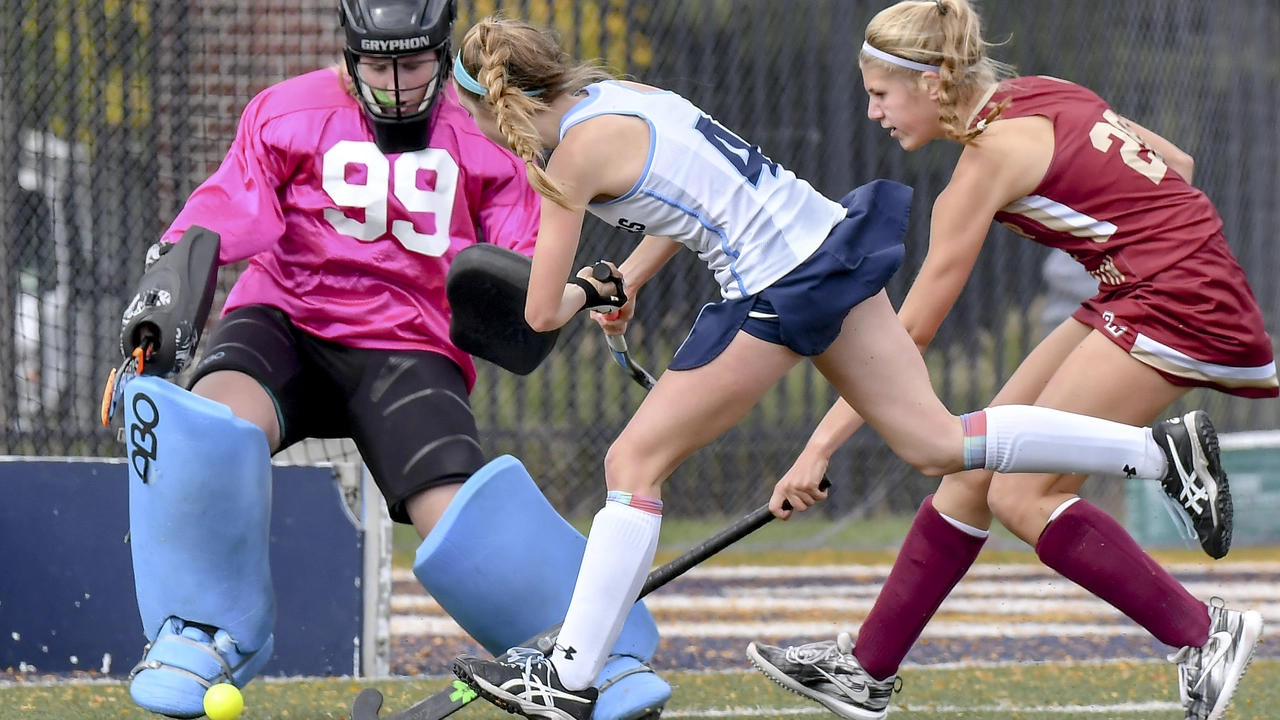Understanding Misconduct Penalties in Hockey
Ever wondered why a player gets a misconduct call and what it really means for the game? In simple terms, a misconduct penalty is a punishment for behavior that breaks the spirit of the sport but isn’t a direct game‑changing foul. It can range from a simple 10‑minute bench time to a full game ejection. Knowing the basics helps you follow the action better and keeps you from committing the same mistakes on the ice.
What Triggers a Misconduct Penalty?
Referees hand out misconducts for a few common reasons. First, repeated minor infractions that show a player is ignoring the rules – like constantly tripping or slashing. Second, verbal outbursts: yelling at officials, teammates, or opponents in a way that’s deemed disrespectful. Third, unsportsmanlike conduct such as using obscene language, making threatening gestures, or fighting after the whistle. Finally, any action that endangers safety, like leaving the bench to join a fight, typically results in a severe misconduct, often a game‑misconduct.
How Does It Affect the Team?
When a player gets a misconduct, the team isn’t forced to play short‑handed – they stay at full strength. The real hit is on the player’s ice time and, sometimes, their reputation. A 10‑minute misconduct means the player sits out for that stretch, which can disrupt line chemistry. A game‑misconduct forces the player out for the rest of the match, and coaches often have to reshuffle lines on the fly. This can swing momentum, especially if the penalized player is a top scorer or a key defender.
Beyond the immediate game, repeated misconducts pile up penalty minutes (PIM). High PIM totals can affect a player's standing with the league and lead to additional suspensions. Teams also track these numbers when negotiating contracts – a player with a history of misconduct might see lower offers.
If you’re a fan, spotting a misconduct can explain why a game feels tense. Referees use misconducts to keep players in check and maintain order, so even if it seems harsh, it’s often about preserving the flow of the match.
Tips to Avoid Misconduct Penalties
1. **Stay Calm** – If you feel provoked, take a breath before reacting. Most misconducts start with a heated comment that escalates.
2. **Know the Rules** – Familiarize yourself with the league’s code of conduct. Knowing what counts as unsportsmanlike behavior helps you stay on the right side.
3. **Watch Your Language** – Even a slip of the tongue can trigger a penalty. Keep trash talk friendly and avoid personal attacks.
4. **Control Physical Play** – Aggression is part of hockey, but targeting opponents after the whistle is a quick ticket to a misconduct.
5. **Team Discipline** – Coaches often set expectations for behavior. If the whole line respects the guidelines, the odds of a collective bench‑clearing fight drop dramatically.
By following these simple steps, players can keep their focus on scoring goals instead of serving time on the bench.
In short, misconduct penalties are a tool to keep the game fair and safe. They don’t change the number of players on the ice, but they do cost valuable minutes and can shift momentum. Understanding why they’re issued and how to steer clear of them makes you a smarter player, coach, or fan. Keep an eye on the referee’s signals, respect the rules, and enjoy the game without unnecessary penalties.
In what case would a player be thrown out of a hockey game?
So, you're sitting on the edge of your seat, eyes glued to the hockey game and BOOM! Suddenly one of the players is making the walk of shame off the rink. What just happened? Well folks, there are a few ways a player can get the boot in hockey. If they're acting like a rough-and-tumble ruffian and throwing punches or they've racked up too many penalties, they're outta there. Or, they might have been a little too eager with their stick and caused an injury. Lastly, if they try any sly moves and disrespect the rules, the ref won't hesitate to give 'em the old heave-ho!
View More